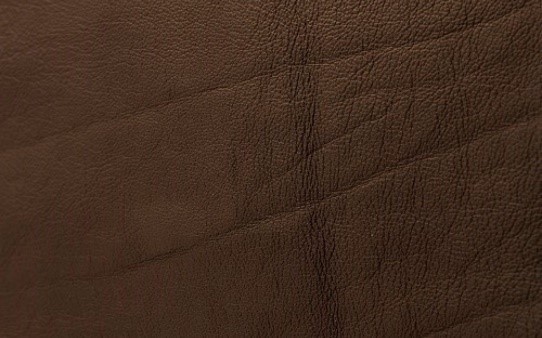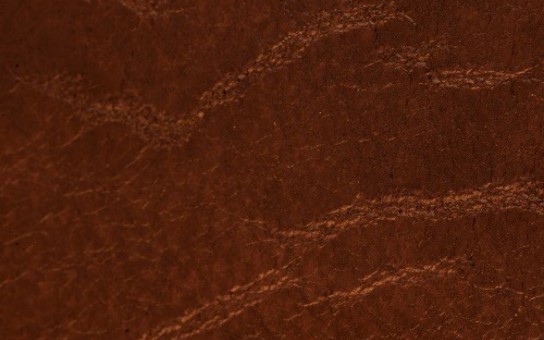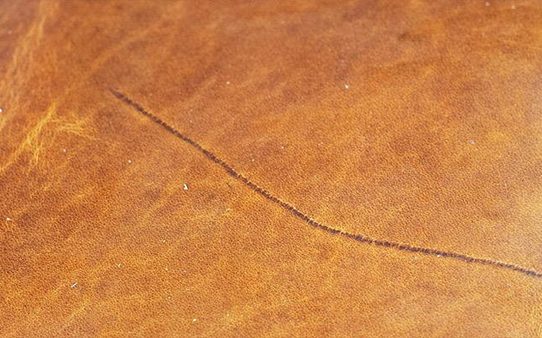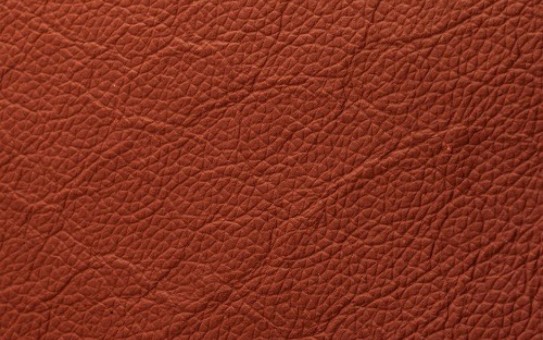PRODUCT KNOWLEDGE AND CARE
HAND MADE PRODUCTS
- All handmade products are handcrafted one at a time.
- There may be slight variations in color and/or craftsmanship which make each piece of handmade product unique and are not product defects.
METAL
Knowledge
- Sage Living manufactures products using high grade stainless steel and Mild steel.
- Brass will oxidize naturally in the air over time. Humid conditions and moisture will accelerate the process of oxidization. We believe the patina and aging process adds beauty and richness to the product.
- Polishing, antiquing marks, folds, irregularities, and minor undulations in few areas are common in hand-applied finishes and hand-made products.
- As the product is used, it will display marks such as scratches, tarnishing, and dents; this is normal and to be expected. Salts and oils from the skin may also mark the metal surface.
- A bent metal will naturally have a wrinkled mark on the bent area.
- Slight bumps at welding joints are normal.
- Iron or steel frames will rust if the topcoat/finish/lacquer is scratched or if your furniture is exposed to excessive humidity, particularly in saltwater locations.
Care
- Dust often using a clean, soft, dry, and lint-free cloth.
- In case of blot spills, wipe with a clean, damp cloth immediately.
- Do not use harsh or abrasive chemicals, furniture polish, or any surface cleaners on the products.
- Do not expose to sunlight and rain.
- Protect from heat and liquids.
- Do not lift tables by their tops, leaving the base unsupported.
- Do not drag the furniture across uneven floor
- Do not keep indoor furniture outdoors.
- Scratches, dents caused by sharp objects during daily usage are difficult to polish or remove entirely. Therefore, take care to avoid them as much as possible.
Hardware may loosen over time. Periodically check to make sure all connections are tight.
GENUINE LEATHER
Knowledge
Due to their natural origins and exposure to the elements, leather hides often display markings that are not only considered acceptable but are also appreciated for the unique character they add. Natural characteristics of leather include:
- Neck, Growth Marks, and Body Molding: Neck wrinkles and creases occur in a hide as a result of the neck stretching and contracting and are a normal phenomenon and do not affect the value of the leather. After a time, all leathers will relax and mold from use, this is quite normal with leather upholstery and will not reduce comfort.
- Stretch marks and scars: In the same way, humans develop stretch marks while growing, animals used for leather also have these identifiable marks. Even scars from cuts/ wounds once healed leave the tissue slightly raised. However, it keeps intact its structural integrity.
- Shade variation: No two hides are identical and due to variation in grain structure, the dyes and finishes penetrate to different degrees into the various parts of the hide to give attractive variations. Within the same hide, you may find that there are different tonal hues. This is quite normal and is down to the dyeing process emphasizing the natural transparency of the hide.
- Veins: Just like the veins in our skin, vein lines can appear on finished leather. Skin is worn away and degraded into the pattern of the original pathways.

Neck grains

Stretch marks

Scars

Veins
Care
- Clean periodically with a dry cloth to remove residual dust and prevent dirt buildup.
- Leather furniture should be protected from exposure to sunlight and heat, which may cause the leather to fade or lose its soft, supple feel.
- You should not place hot items such as cups, laptops or hot water bottles on the leather as this may mark, causing it to darken.
- Most liquids will initially be repelled by the leather but if left standing over an extended period, will be absorbed. Therefore, blot liquid immediately with a clean, absorbent cloth.
- Do not use harsh cleaners or solvents, as they can abrade the finish or topcoat off the leather.
WOOD
Knowledge
- Wood characteristics: grain, knots, pitting, mineral deposits. Natural wood will normally have wood grains and or “eye” marks which sometimes are evident on the wood.
- Wood is a natural material susceptible to climate and elements. Avoid placing your furniture in highly humid or dry areas, such as directly next to air vents.
- Direct sunlight may slightly darken or lighten wood furniture.
- Some wood may lighten or darken with passing time.
- Small cracks and fissures may develop with changes in humidity and temperature. This is a natural, uncontrollable characteristic of solid wood.
Care
- Dust with soft dry cloth.
- Do not leave spills unattended.
- Do not use harsh or abrasive chemicals, furniture polish, or any surface cleaners on the products.
- Take care when moving products. We recommend they are lifted by two persons as dragging items across the floor will cause damage.
- Limit exposure to direct UV or sunlight.
- Protect from heat and liquids.
- Do not use waxes in the form of liquids, aerosols, or sprays
CANE
Care
- Dust regularly with a soft, dry cloth.
- Do not use harsh chemicals, abrasive cleaners, or silicone- or alcohol-based agents on any woven material. Clean spills with a damp cloth.
- Remove small particles or surface debris with a soft brush.
- Fiber furniture is intended for use indoors only and should be protected from exposure to sunlight.
- Keep cane furniture away from extreme heat situations and areas with low humidity. These conditions could cause the cane to dry out and become brittle and break.
MARBLE
Knowledge
- Natural marble materials will have color and shade variations, no two slabs will be the same.
- Yellow marks on marble are mineral composites and are normal and acceptable.
- Pits (Pin Holes) and fissure cracks are normal characteristics.
- At any part of a uniform-looking color there may be a vein or spot or off-color markings of an undetermined size. These markings cannot be avoided when cutting and polishing.
- By nature, marble is prone to scratches and stains.
- Polishing marks/ lines are not scratches.
- The material is sensitive to heat, cold, and sticky substances.
- Marble is a porous stone and is prone to stains. Chemically, it is made of calcium carbonate, a basic salt that can react with an acidic material.
Care
- Dust frequently with a soft, dry cloth.
- Protect from acidic substances. Always blot spills immediately and rinse with a clean, damp cloth.
- To prevent ring marks, place coasters or trivets under glasses and dishes; use mats or runners beneath hard objects that might scratch the surface.
- Do not place hot items directly on the tabletop.
- Do not use chemical cleaners, dusting sprays, abrasive cleaners or furniture polish.
- Wash periodically with a cloth dampened with warm water, and if necessary, a small amount of mild dishwashing liquid. Use a second damp cloth to remove the soap.
